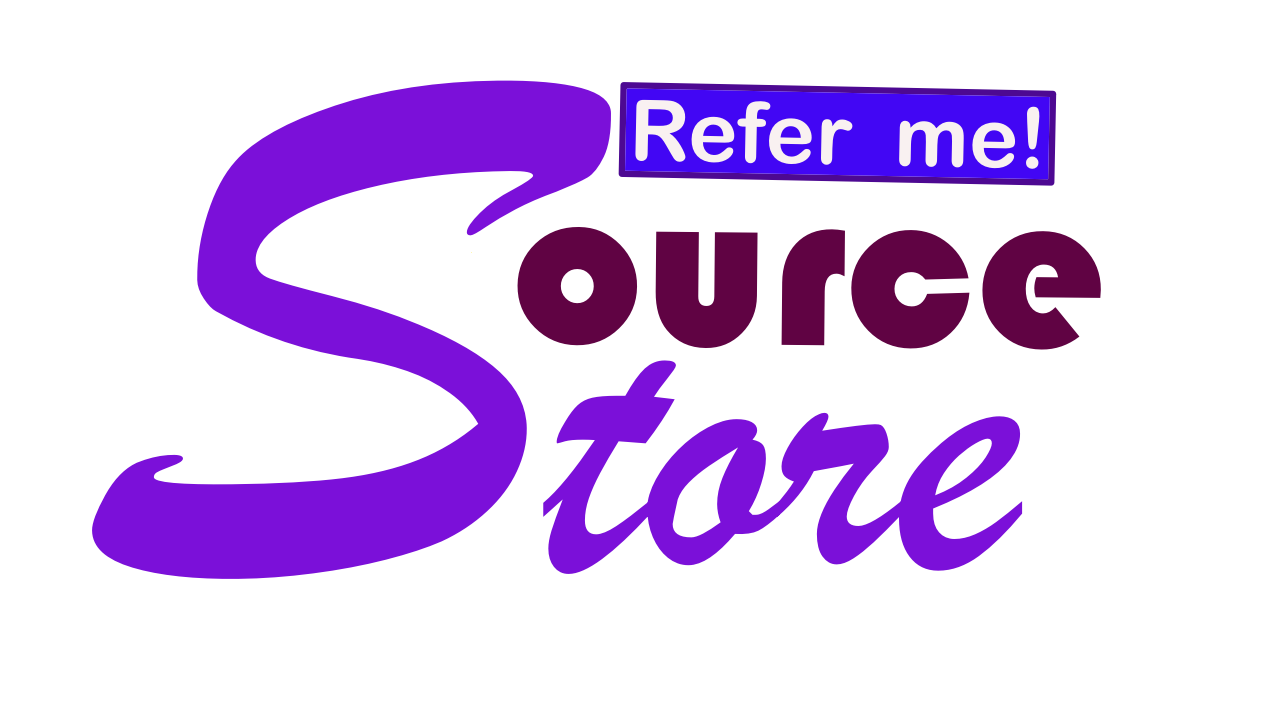Introduction:
Augmented Reality (AR) has captured our imagination with its ability to blend the virtual world with our physical surroundings. While Pokémon Go introduced millions to the concept of AR, this innovative technology extends far beyond gaming. In this article, we embark on an inspiring journey to explore the boundless potential of augmented reality, uncovering real-life examples that demonstrate its transformative impact in various industries and everyday life.
1. Enhanced Learning and Education:
Augmented Reality has the power to revolutionize the way we learn and educate. By overlaying digital information onto the real-world environment, AR can create immersive learning experiences. From interactive history lessons that bring historical figures to life to virtual anatomy lessons that allow students to explore the human body, AR enhances engagement, comprehension, and retention.
Real-life Example: The app "Sky Guide" utilizes AR to provide users with an interactive stargazing experience. By pointing their device towards the sky, users can identify constellations, planets, and even satellites, fostering a deeper understanding and appreciation of astronomy.
2. Architectural Visualization and Design:
AR empowers architects, designers, and urban planners to visualize their ideas in a realistic and immersive manner. By superimposing virtual structures onto the physical environment, professionals can assess the impact of their designs, make informed decisions, and communicate ideas more effectively. This results in more efficient and collaborative design processes.
Real-life Example: The AR app "IKEA Place" allows users to virtually place furniture in their homes before making a purchase. This enhances the shopping experience and enables customers to visualize how items will look and fit within their existing spaces.
3. Remote Collaboration and Assistance:
AR has the potential to revolutionize remote collaboration by bringing people together in virtual spaces. Whether it's remote meetings, virtual conferences, or collaborative design sessions, AR enables real-time interaction and visualization of shared information. Additionally, AR can provide remote assistance by overlaying instructions or annotations onto real-world objects, facilitating repairs and troubleshooting.
Real-life Example: Microsoft's HoloLens enables remote collaboration by creating holographic experiences. Teams can join virtual meetings, interact with 3D models, and collaborate on projects as if they were physically present in the same space.
4. Retail and E-commerce:
AR is reshaping the retail experience, both in physical stores and online. By integrating AR into shopping apps and websites, retailers can offer virtual try-on experiences, allowing customers to see how products will look on them or in their homes before making a purchase. This enhances customer confidence and reduces the likelihood of returns.
Real-life Example: Sephora's Virtual Artist app uses AR to enable customers to try on different makeup products virtually. By using the app's face-mapping technology, users can experiment with different shades of lipstick, eyeshadow, and other cosmetics, facilitating informed purchasing decisions.
5. Healthcare and Medical Training:
AR holds immense potential in the healthcare industry, from assisting in surgical procedures to improving medical training. Surgeons can use AR overlays to visualize patient data, access real-time guidance, and enhance precision during complex operations. Additionally, AR can simulate medical scenarios for training purposes, allowing students and healthcare professionals to practice in a realistic yet controlled environment.
Real-life Example: AccuVein uses AR to help healthcare professionals locate veins for blood draws and injections. By projecting a map of veins onto the patient's skin, AR enhances accuracy and reduces discomfort for the patient.
Conclusion:
As we venture beyond the realms of Pokémon Go, the potential of augmented reality becomes increasingly apparent. This innovative technology is poised to transform various industries, from education and architecture to retail and healthcare. Real-life examples demonstrate the tangible benefits and groundbreaking possibilities that AR brings to our lives.
The future of augmented reality is an inspiring blend of the virtual and physical, creating new realities that enhance learning, collaboration, retail experiences, and healthcare practices. As AR continues to evolve, embracing its potential will unlock a world of innovation and creativity. So, fasten your seatbelts and prepare to step into a reality where the line between imagination and the tangible blurs, all thanks to the remarkable power of augmented reality.

